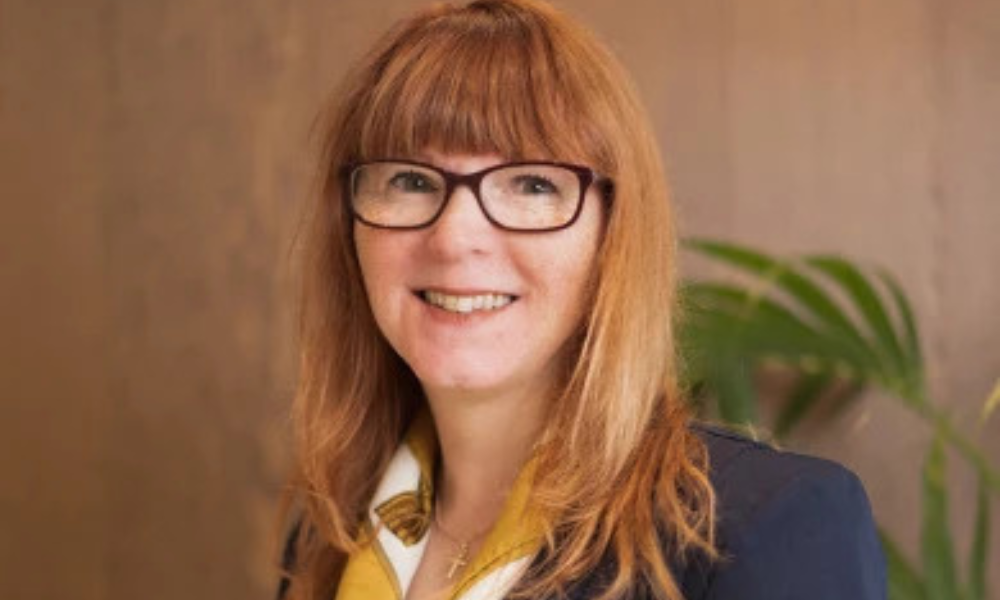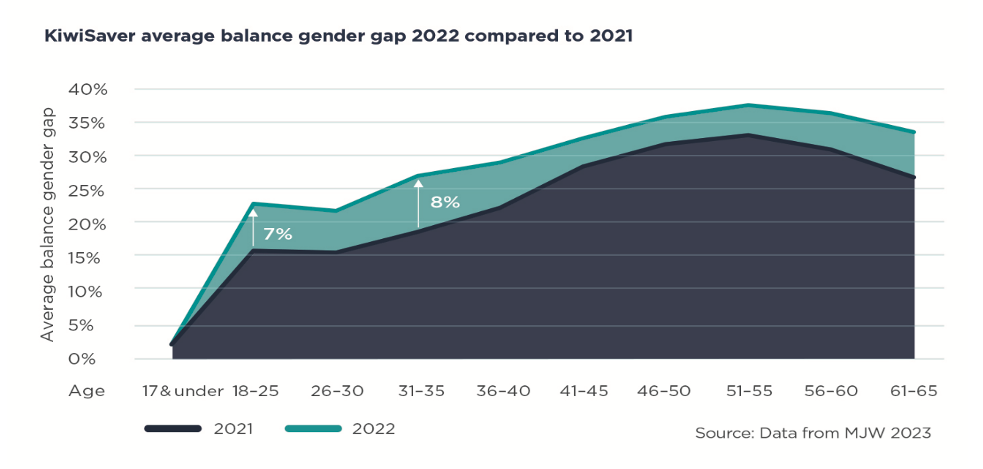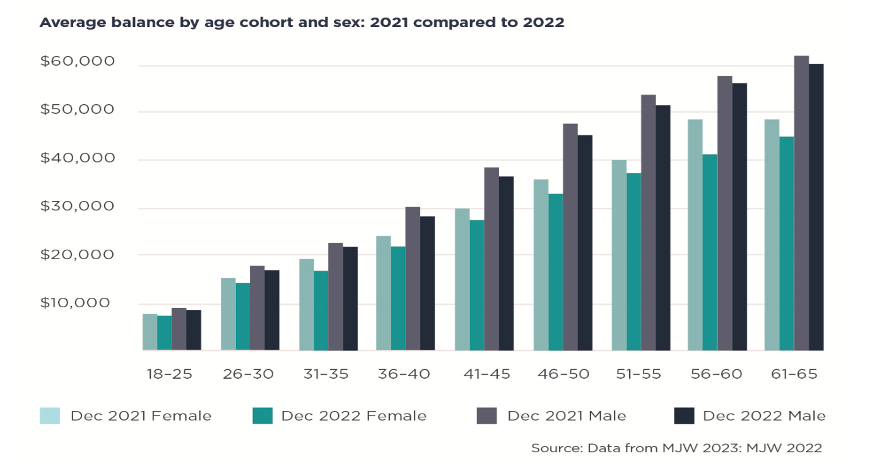Younger age groups see larger gaps opening

Kiwisaver balances have an average gender gap of 25%, up 5% from the 20% gap identified a year before in 2021, new data from Te Ara Ahunga Ora Retirement Commission showed.
Findings showed gender gaps in every age group category expanded, with younger age groups seeing larger gaps opening, up 7% to 23% for 18-25-year-olds, and up 8% to 27% for those aged 31 to 35.

KiwiSaver balance gender gap: 2022 vs 2021
Analysis of demographic data gathered from more than 3 million KiwiSaver members as of December 2022 and data first collected as of Dec. 31, 2021, showed an increase in the difference between KiwiSaver balances for men and women, highlighting the continued gender savings gap.
Suzy Morrissey (pictured above), Te Ara Ahunga Ora director, policy, and research, said the report, conducted by Melville Jessup Weaver for the retirement commission, highlights the importance of closing gender pay gaps and the implications for KiwiSaver balances and retirement.
“This research builds a picture of the challenges women face to grow their KiwiSaver balances,” Morrissey said. “Analysis of the widening gap does not appear to be explained by fund choice, withdrawal, or suspension behaviour of women compared to men.”
Particularly concerning, she noted, was the widening gap at younger ages, given the compounding interest.
“Money invested earlier will have time to grow, but if women’s balances are lower than men’s in younger life, they will likely remain lower,” Morrissey said.
Further analysis using additional data from IRD showed significant hardship withdrawals, first home purchase withdrawals, and savings suspensions did not explain the gap in KiwiSaver balances, with more men on suspensions and had withdrawn more money.
As of Dec. 31, the average KiwiSaver balance was $27,379, a 5.7% decline from 2021. The result reflects poor financial market conditions over the 2022 year, impacting balances across all ages and both genders. For males, the average balance fell 3.2% to $31,496, while for females, the average balance fell 7.1% to $25,144.
Looking into member balances across age and gender by fund type revealed that more than one third of all funds under management are assets invested in growth funds, with this allocation decreasing with age.
Men were also found to have more assets invested in growth funds, while women assets invested more assets in conservative funds. The difference is smaller at younger ages and becomes more pronounced for those nearing age 65, and over 65.
Analysis also suggested that women were not necessarily more risk averse, as both sexes were more inclined to invest in lower risk funds if they have small balances, and have more growth assets if they have larger balances. It’s the fact that women have lower balances (on average) that may have led them to become less risk-seeking.
Men and women in their 40s and 50s had the widest gaps of average balances, which was likely a reflection of the combined impact of gender pay gap, time out of paid work, and the higher percentage of women than men that work part-time.

Average balance by age cohort and sex: 2021 vs 2022
The research found that on average, women in their 40s have approximately $10,000 (or 34%) less KiwiSaver than men. For women in their 50s, their KiwiSaver, on average, is approximately $14,500 (or 37%) less than their male counterparts.
“Lower KiwiSaver balances have a significant impact on retirement for women, who on average live longer than men and need to fund their retirement for longer,” Morrissey said.
The 2022 Review of Retirement Income Policy found that 40% of people aged 65 and up have virtually no other income besides NZ Super while a further 20% only have that, and a little more.
Use the comment section below to tell us how you felt about this.



